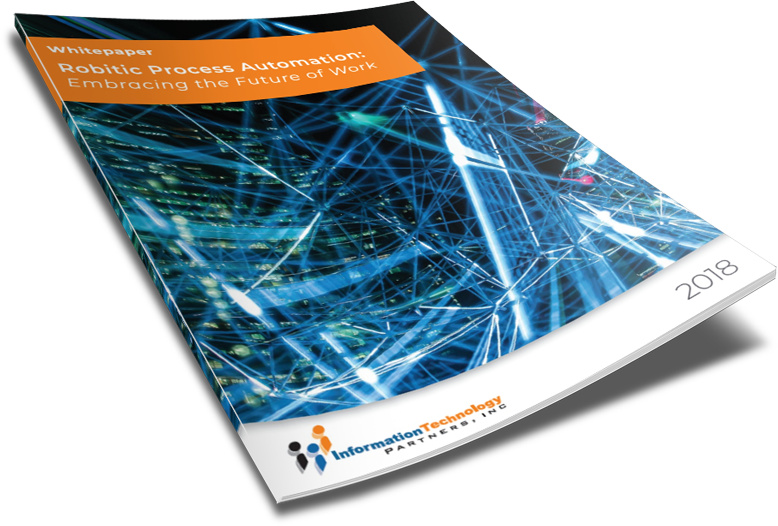TAKE NOTE (Insights and Emerging Technology)

“Every single business doing any kind of business with the Department of Defense will need to get certified and get a third-party audit that they have basic cyber hygiene.”
It’s been nearly four years since former Pentagon official Katie Arrington said those words and unveiled the “Cybersecurity Maturity Model Certification” during a May 2019 conference in a windowless lecture hall at the Georgetown University Law Center in Washington, D.C.
At the time, the plan was to begin certifying contractors as soon as 2020.
The impetus behind the program was simple: China-linked groups and other hackers were stealing sensitive data from the networks of defense contractors, and multiple reports had found companies weren’t following contractual cybersecurity requirements. The Defense Department wanted to know whether companies could protect sensitive data on their networks before awarding a contract.
The original CMMC faced industry pushback and delays, and the Pentagon significantly revamped the program as part of “CMMC 2.0” rolled out in late 2021.
DoD officials said then the rulemaking process could take as long as two years to complete.
Now, the Pentagon is on the cusp of sending the rulemaking to the White House Office of Management and Budget. CMMC is closer than ever to becoming a reality.
But it could still take more than a year, and questions continue to swirl around the program.
Interested in learning more about RPA? Download our FREE White Paper on “Embracing the Future of Work”
UNDER DEVELOPMENT (Insights for Developers)
SAP AppGyver A visual No-Code App Builder

Intro
In 2021, SAP acquired AppGyver Oy, a pioneer in no-code development platforms that enable users with no coding skills to build applications for Web and mobile use. SAP Build Apps evolved from SAP AppGyver and other SAP technologies. SAP Build Apps adds additional application-building capabilities for use in enterprises that address authentication, data integration, and lifecycle management needs. A community edition of SAP AppGyver remains available but does not include the features developed for use in enterprises.
In this post we focus on the AppGyver predecessor to SAP Build Apps, but will do a follow up blog.
What is SAP AppGyver
As the world moves towards digitization, most people are now using mobile phones, laptops, and other internet-enabled devices for their professional or personal tasks. Therefore, if you want to reach the highest number of people within the shortest possible time inexpensively, you need to move online. If you are thinking of having a digital presence for your business, getting an app rather than a simple website is a prudent idea based on your target clients. Though beneficial, app development is a complex process that requires costly professionals with the right skills.
Fortunately, you do not have to spend so much on app development when you get AppGyver. This professional platform, whose parent company is based in Helsinki, was started in 2010 to allow the no-code development of apps. For some time, SAP had no no-code application platform. Instead, the company used the SAP Business Application Studio. Though powerful, this was more pro-code rather than a simplified low-code solution for app development. There is also SAP Rapid Application Development, a low-code platform with medium complexity. To ease app development for its consumers, SAP acquired AppGyver in February 2021. Here is a table summarizing the three SAP app development platforms.

What Is The Difference Between Low-Code And No-Code Platforms?
Historically, there are two categories of application development; front and back end. Back-end app development focuses on data security, access, and storage, while front-end development focuses on the elements that users interact with, including user workflows and interfaces. No-code development will focus on the front-end to ease the building of workflows and user interfaces. With it, you need a skilled developer to manage back-end complexities. On the other hand, low-code development apps have both front and back-end tools. This means you will need no skilled app developer for any aspect of development with them. SAP AppGyver is a no-code platform…
– Dig Deeper –
Create an Application with SAP AppGyver
Q&A (Post your questions and get the answers you need)

Q. I thought SAP already recommends Fiori Elements as the low code tool. I’m now confused which one to use?
A. Well SAP is going to have multiple tools in the Low-Code/No-Code spectrum. In the Low Code space you do have the Low Code Perspective of the Business Application Studio which combines graphical, wizard and other tooling of the Cloud Application Programming Model and Fiori tools. But in the No Code spectrum they also offer AppGyver as an option.
With Fiori Elements you still are probably targeting the professional developer or an extremely experienced IT adjacent kind of persona. The annotation driven approach to Fiori Elements is absolutely a low code, abstracted approach but still requires some technical skills to really make it sing.
AppGyver is targeted at no-code; meaning the business expert with probably almost no development skills or background. It also allows you to create mobile native (Android and iOS apps).
The future will hopefully see them both evolve to be two tools in the toolbox of SAP professional that complement each other.



